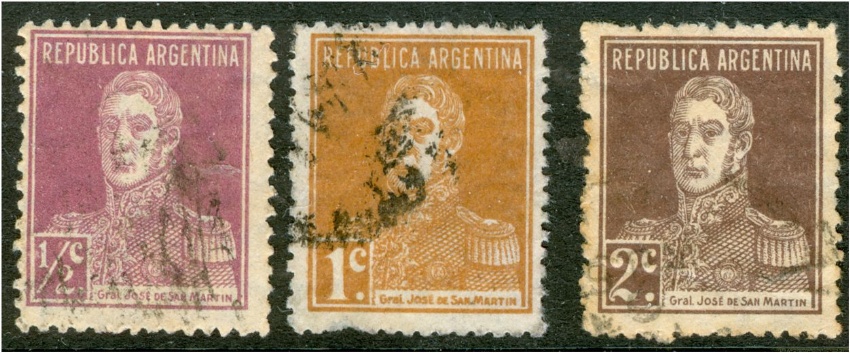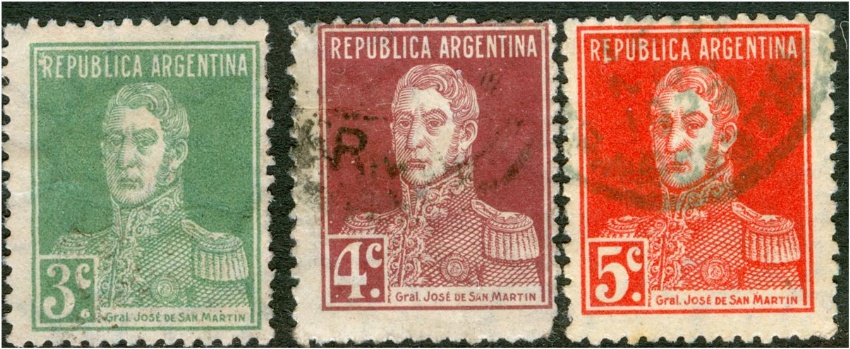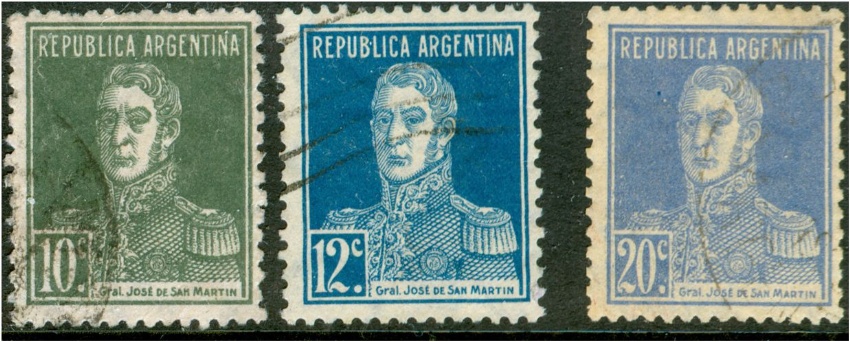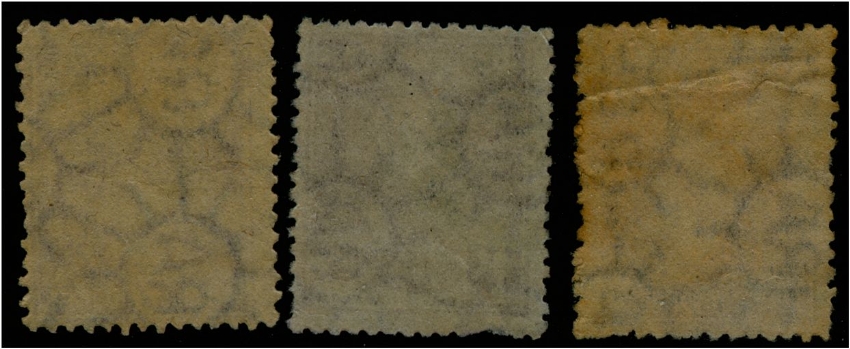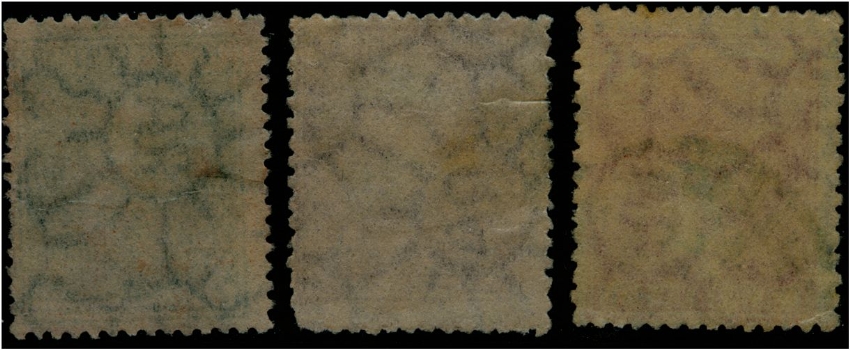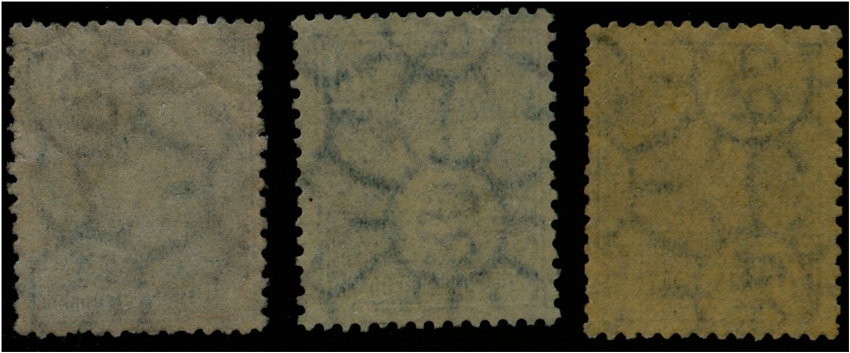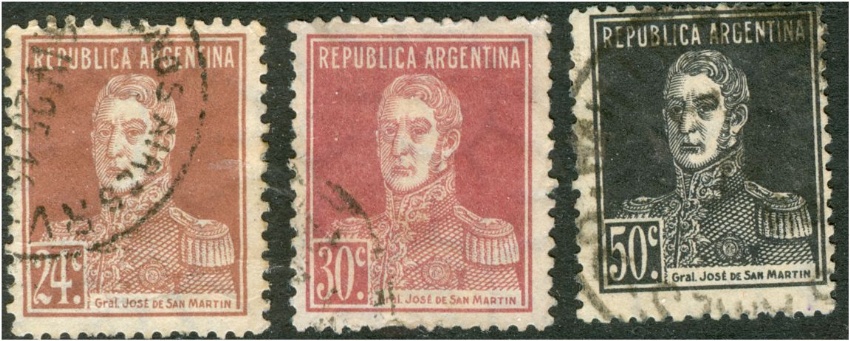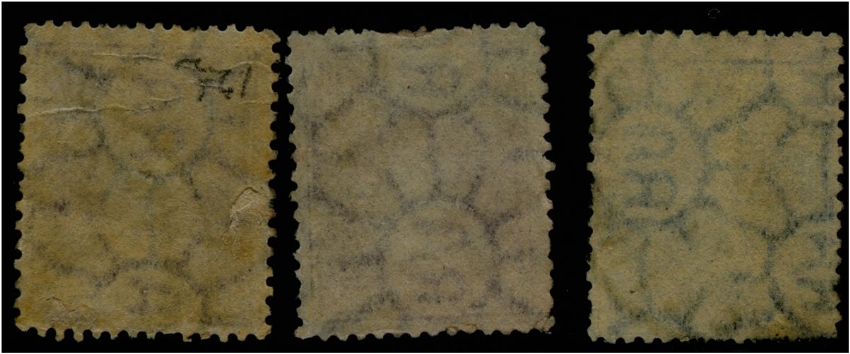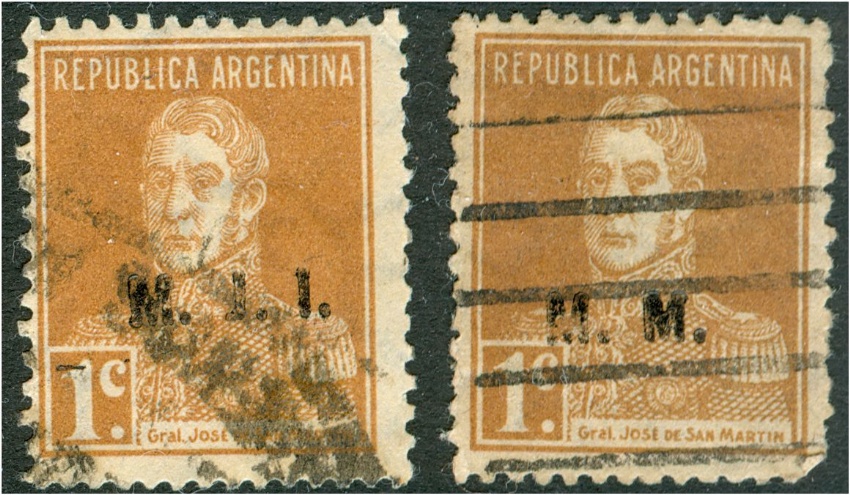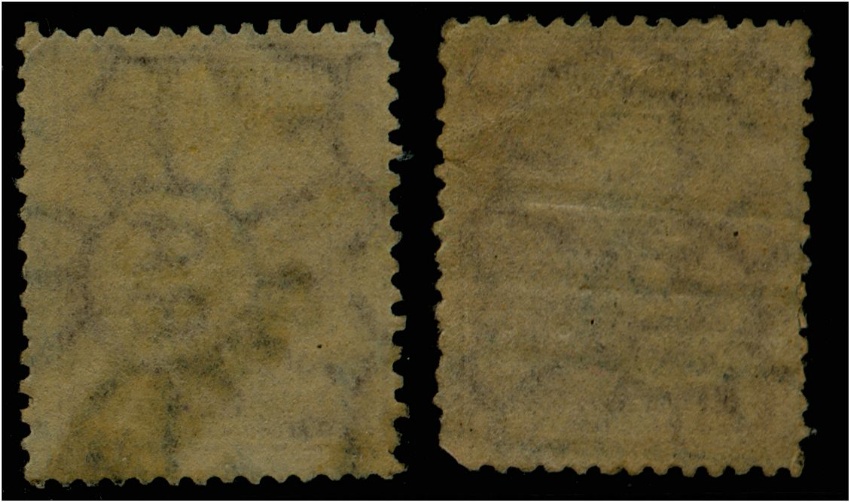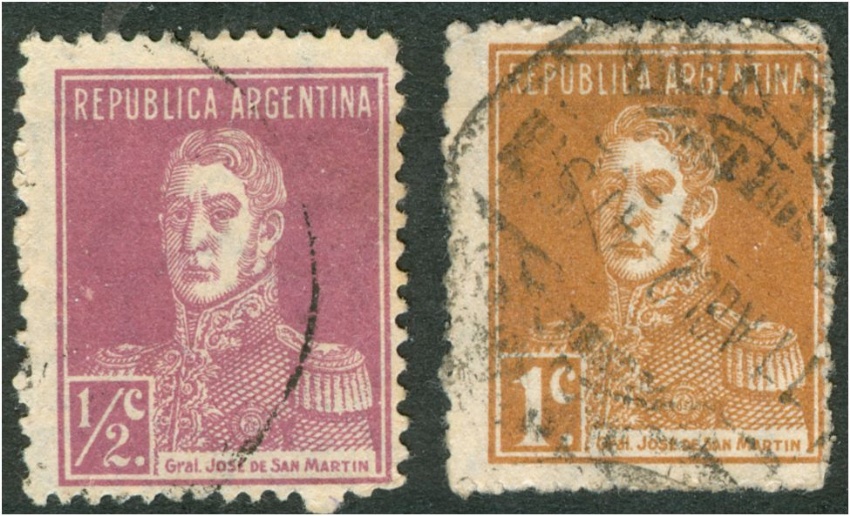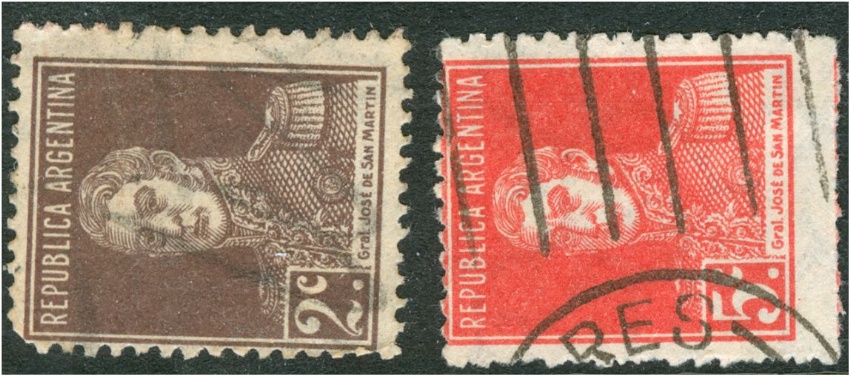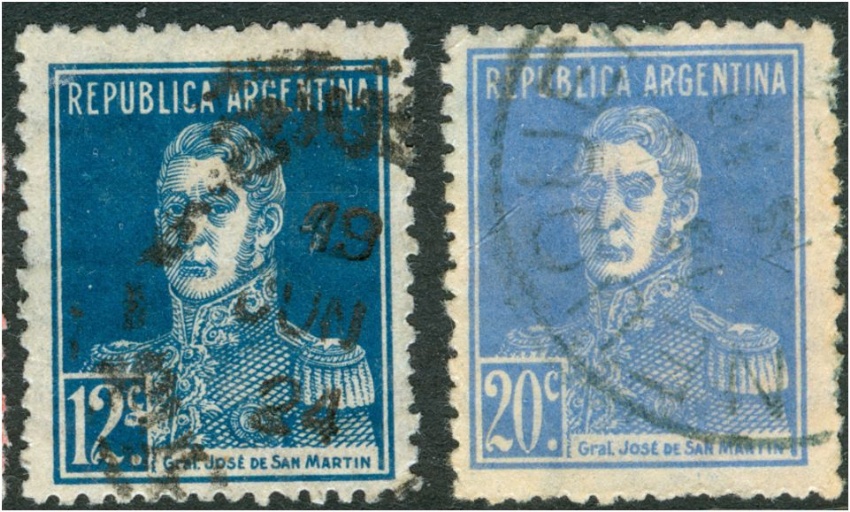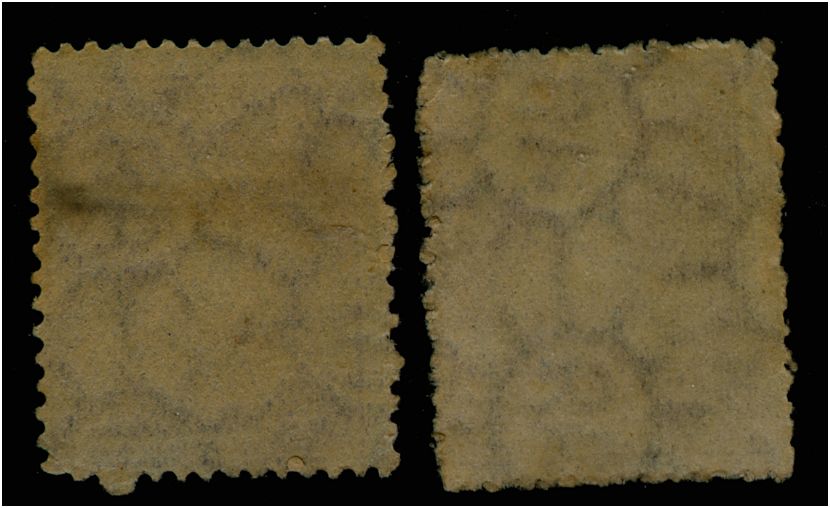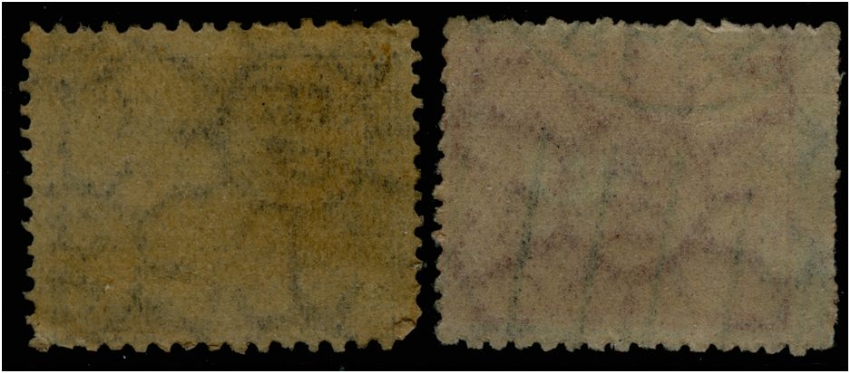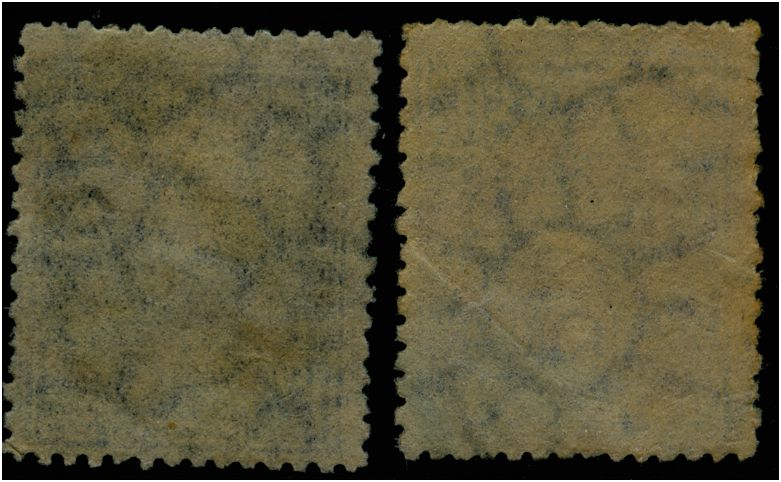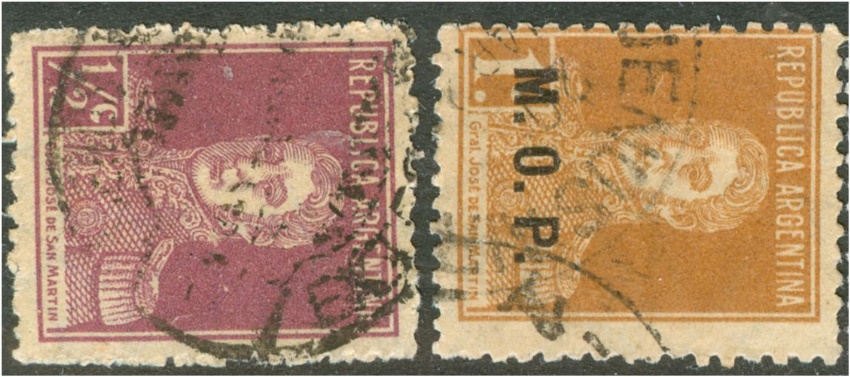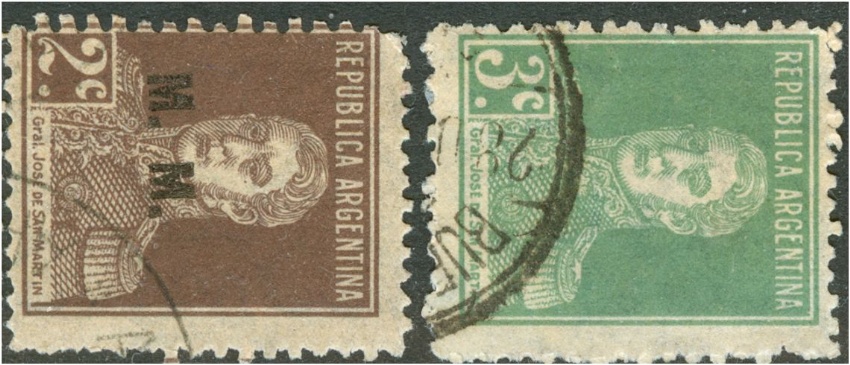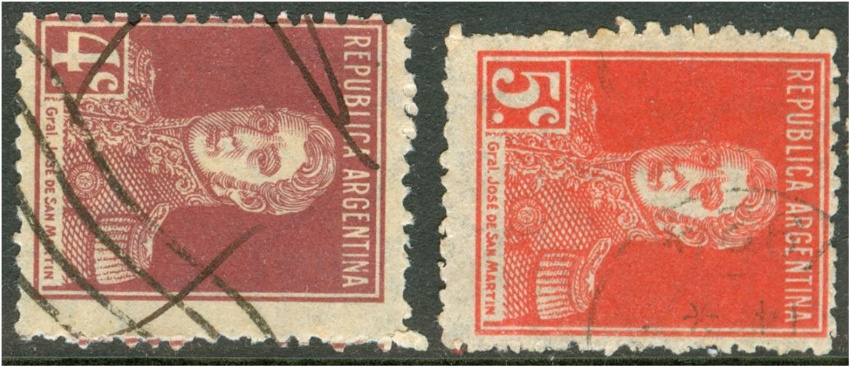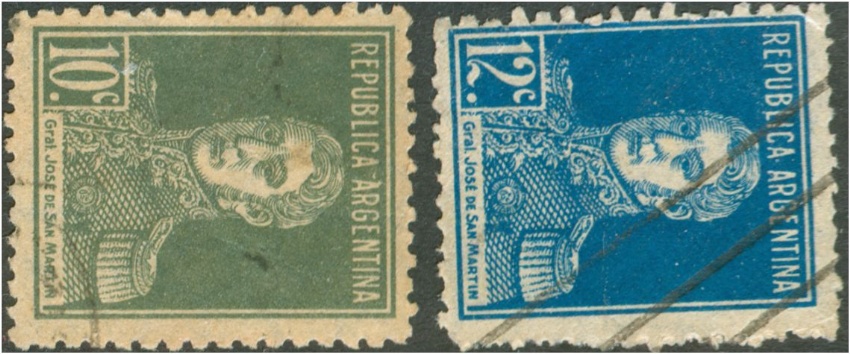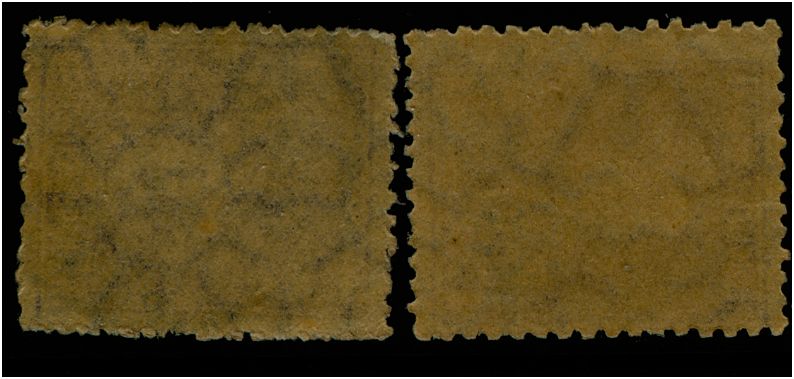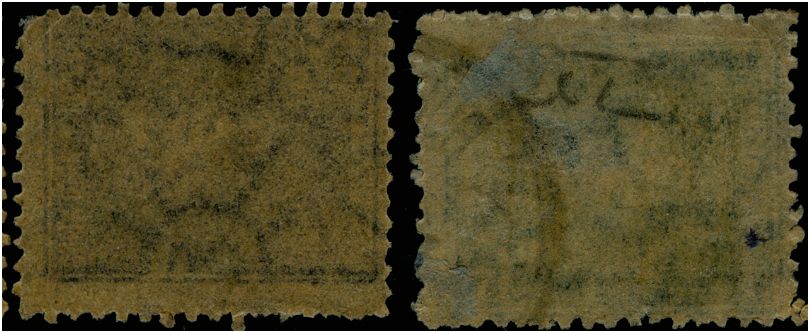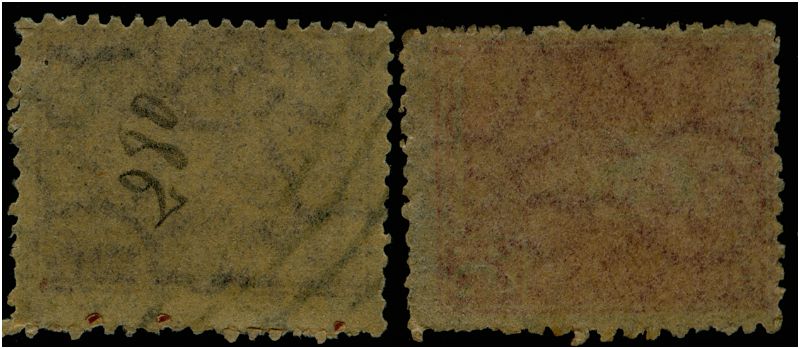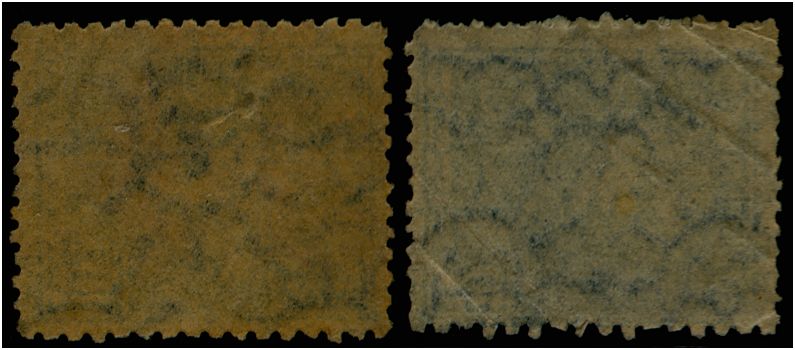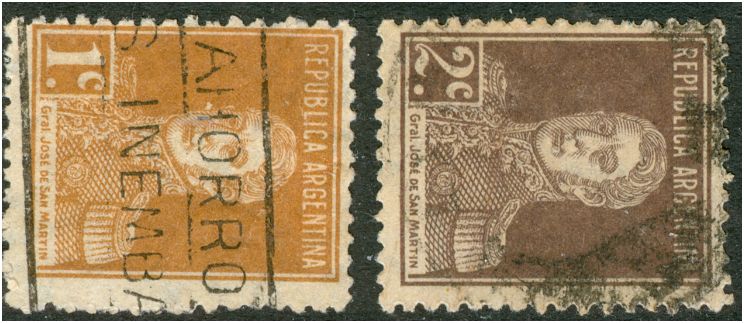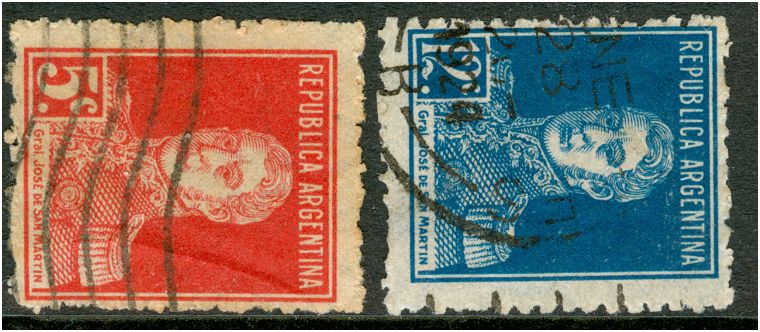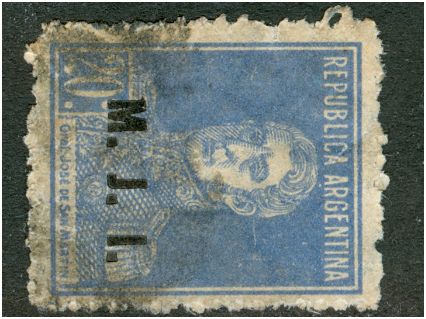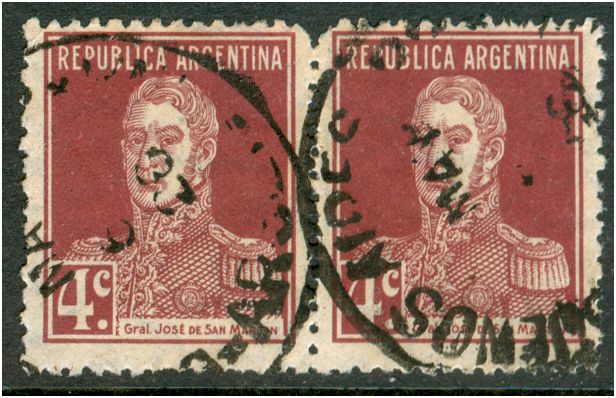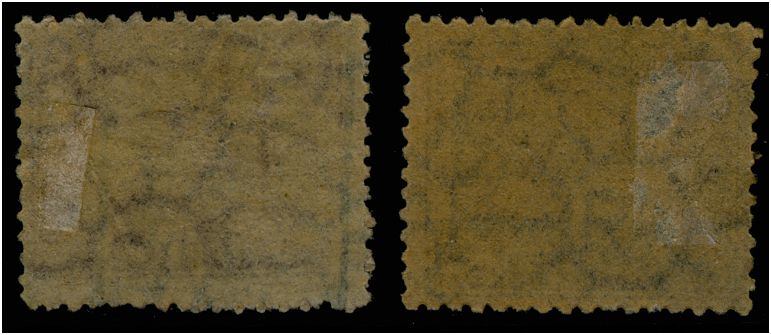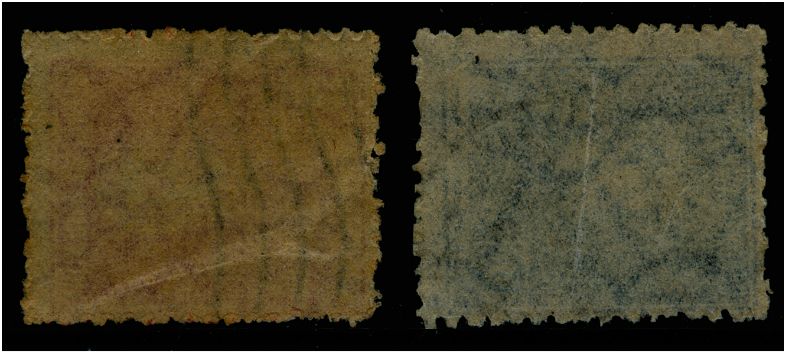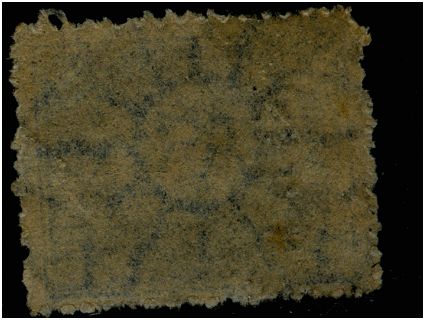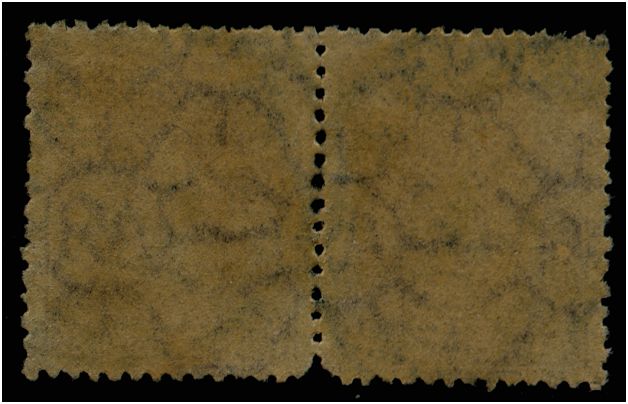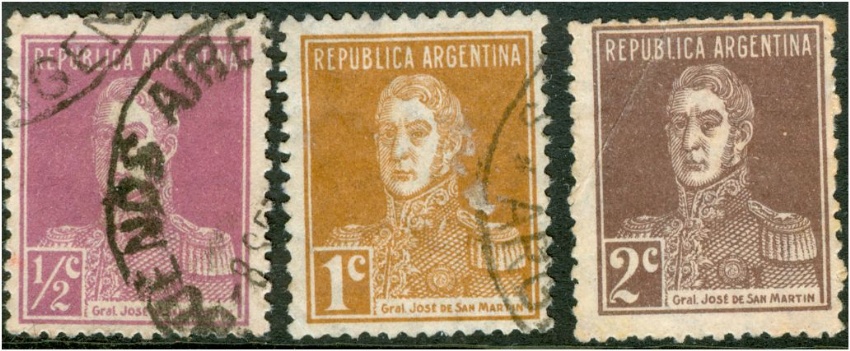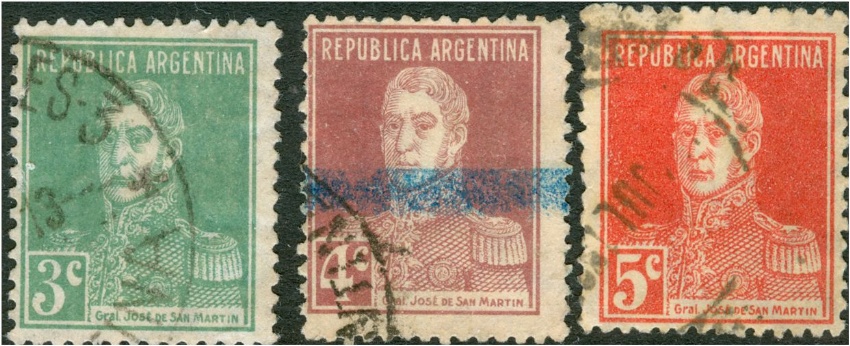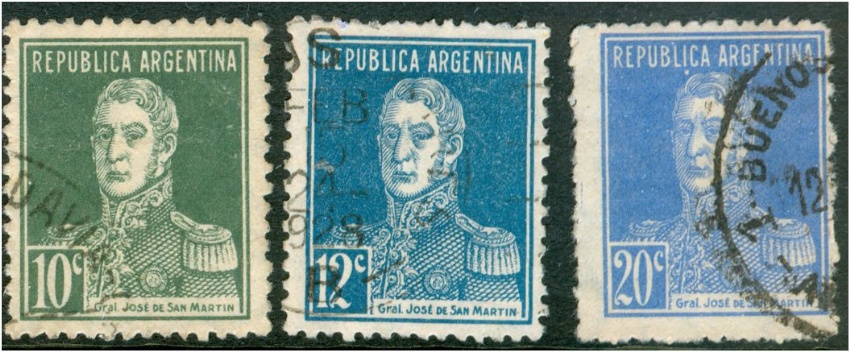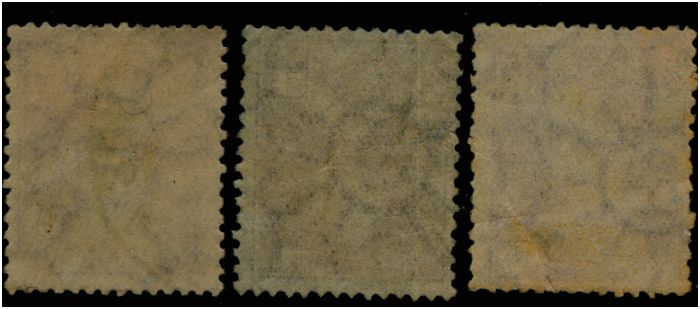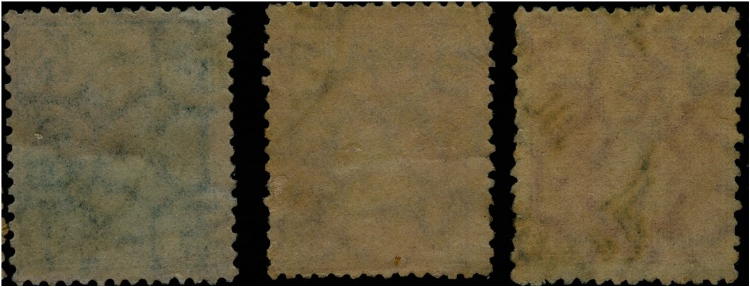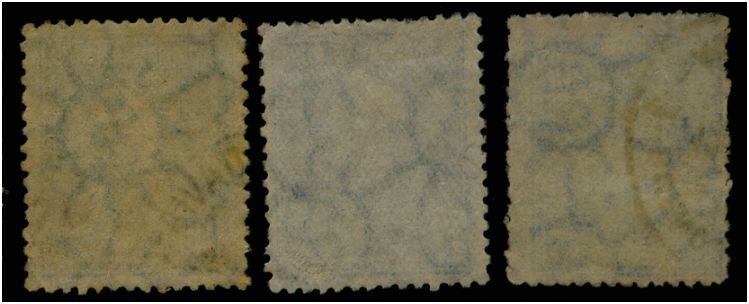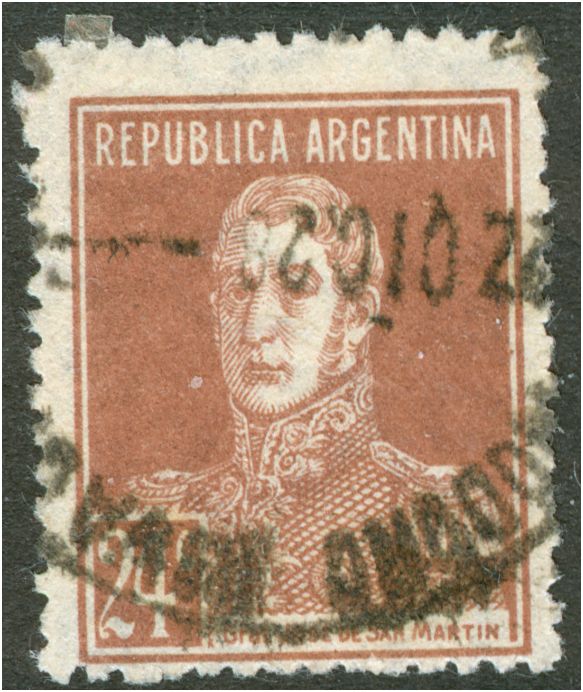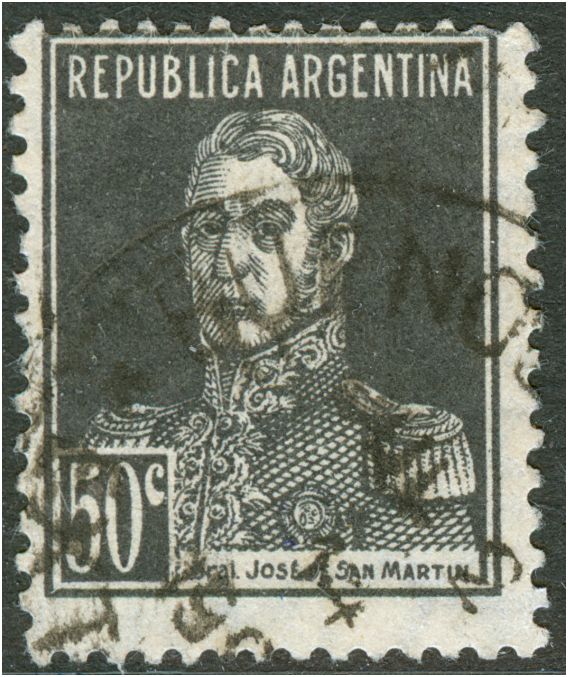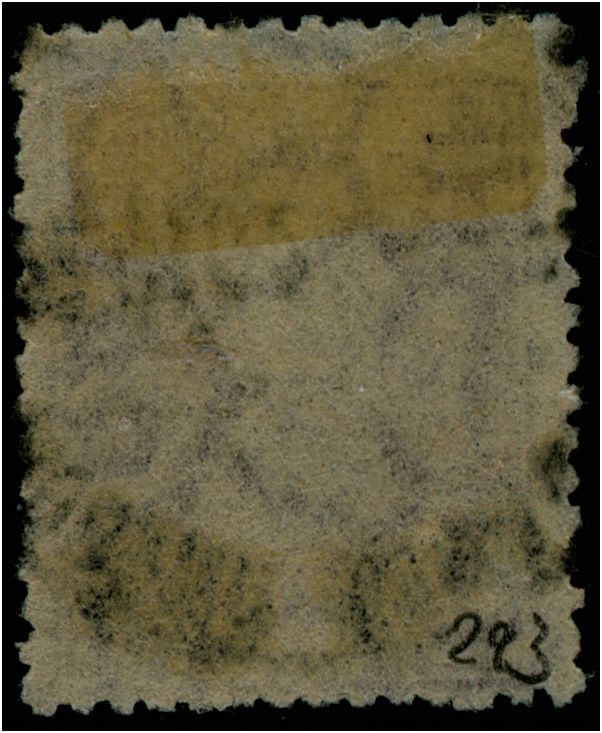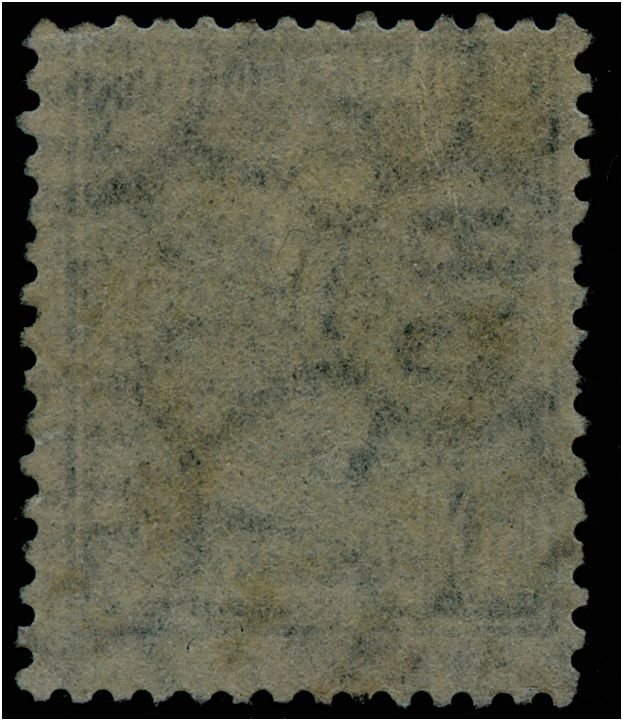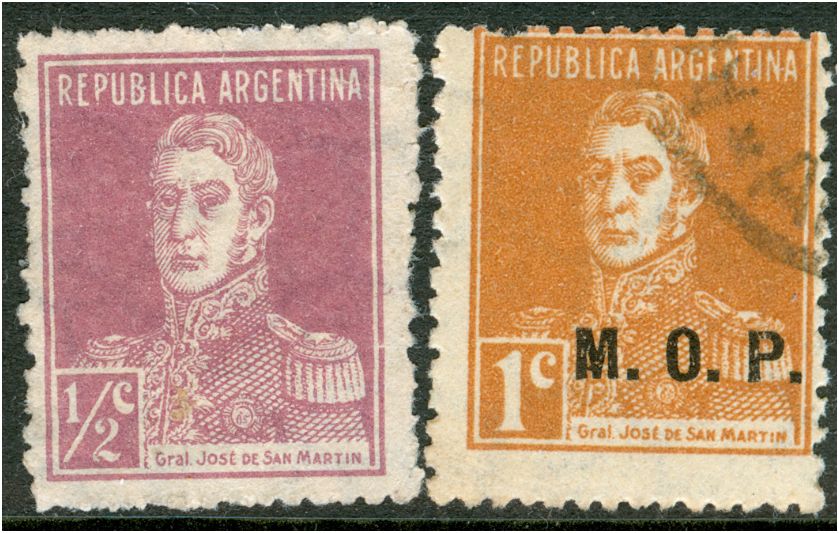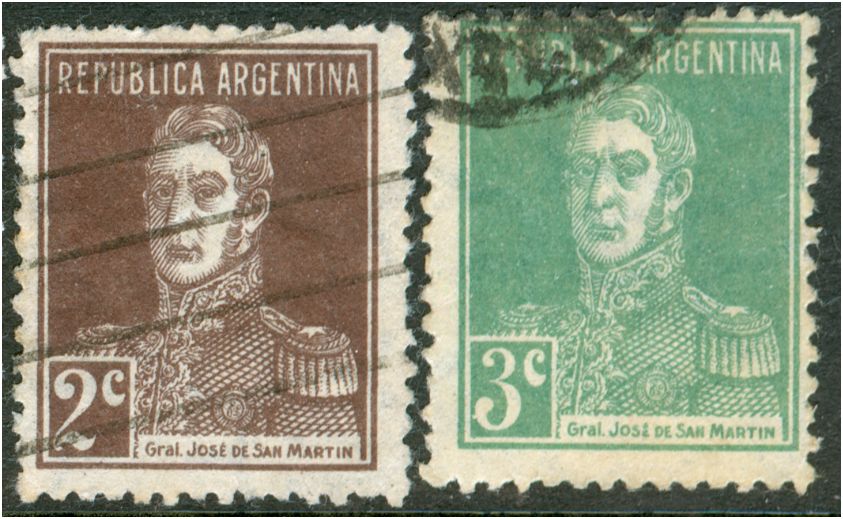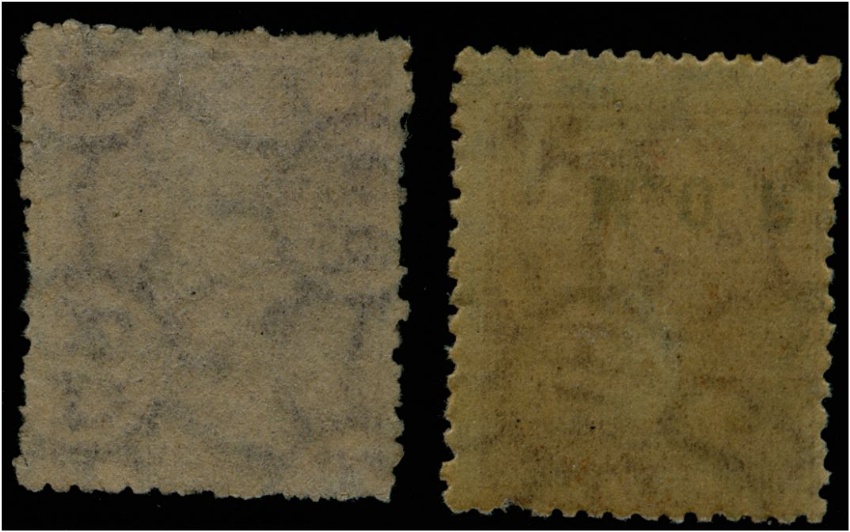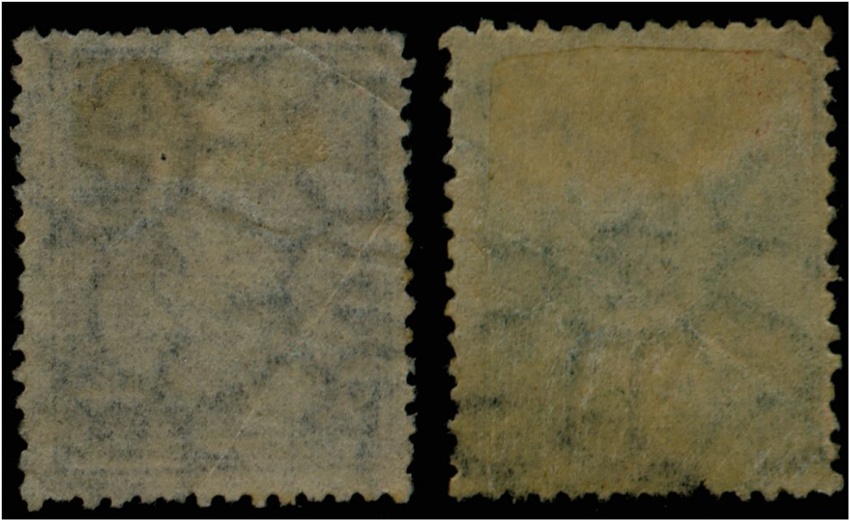JSM 1922-24 on Dutch paper mystification!
Publicado: 19 May 2010 07:40
Sometime ago detailed studies must have been made of the early Multiple Sun + AЯ watermarks. Published in the 1930-ies, hard to find not to say to copy or scan and published again so we can trace our stamps and see what has been overlooked....
A particular term keeps popping up without really making sense:
filigrana traspuesta or transposed watermark
I have already explained that such a thing does not exist! The paper with the felt side getting the print is the "normal" situation and the paper with the wire side getting the print is the transposed situation. The paper gets transposed, not the watermark!
What is normal and what not relies on our perception of today and not so long ago! In fact when we have good look at our stamps on the interbellum period - both for Argentina and the Netherlands - we will see that quite often the transposed paper reflects the normal situation.
The JSM stamps of the 1922-1924 - presumable printed on Dutch stamp paper with the Multiple Sun + AЯ watermark practically ALL have the felt side of the paper on the back of the stamp, on the gummed side! The difference between the wire side and the felt side is not so obvious. We will not see the often met situation that the wire side has a lot of rough grooves or the imprint of the rhombos of the symmetrical papwer mesh as with the PyR I set!
What is obvious is that the watermark itself is very dominant at the gummed side! May be a reason for the printers to have chosen for the less relieved wire side to give the print on!
We will find 3 types of watermark in that period! Not counting the slight differences in the shape of the sun: height is smaller that width -> elliptical OR more circular....
- predominant is the parallel watermark with AR at the felt side (= gummed side). This means that on the dandy-roll we could see "RA" ascending or descending !';
- quite often the parallel watermark with RA at the felt side [=gummed side]. This means that on the dandy-roll we could see"AЯ" ascending or descending;
- exceptionally scarce, the orthogonal watermark with AR at the felt side (= gummed side). This means that on the dandy-roll we could see "RA" !';
The dandy-roll in a horizontal position that is! We might expect to see mistakes during the handmade manufacturing of the watermark in that a AЯ got bent into a RA, but the RA [as seen from the gummed side] occurs to often to assume that they originate from an incidental mistake!
So 3 [THREE] watermarks in that period! And where are our lists ?????
A particular term keeps popping up without really making sense:
filigrana traspuesta or transposed watermark
I have already explained that such a thing does not exist! The paper with the felt side getting the print is the "normal" situation and the paper with the wire side getting the print is the transposed situation. The paper gets transposed, not the watermark!
What is normal and what not relies on our perception of today and not so long ago! In fact when we have good look at our stamps on the interbellum period - both for Argentina and the Netherlands - we will see that quite often the transposed paper reflects the normal situation.
The JSM stamps of the 1922-1924 - presumable printed on Dutch stamp paper with the Multiple Sun + AЯ watermark practically ALL have the felt side of the paper on the back of the stamp, on the gummed side! The difference between the wire side and the felt side is not so obvious. We will not see the often met situation that the wire side has a lot of rough grooves or the imprint of the rhombos of the symmetrical papwer mesh as with the PyR I set!
What is obvious is that the watermark itself is very dominant at the gummed side! May be a reason for the printers to have chosen for the less relieved wire side to give the print on!
We will find 3 types of watermark in that period! Not counting the slight differences in the shape of the sun: height is smaller that width -> elliptical OR more circular....
- predominant is the parallel watermark with AR at the felt side (= gummed side). This means that on the dandy-roll we could see "RA" ascending or descending !';
- quite often the parallel watermark with RA at the felt side [=gummed side]. This means that on the dandy-roll we could see"AЯ" ascending or descending;
- exceptionally scarce, the orthogonal watermark with AR at the felt side (= gummed side). This means that on the dandy-roll we could see "RA" !';
The dandy-roll in a horizontal position that is! We might expect to see mistakes during the handmade manufacturing of the watermark in that a AЯ got bent into a RA, but the RA [as seen from the gummed side] occurs to often to assume that they originate from an incidental mistake!
So 3 [THREE] watermarks in that period! And where are our lists ?????
